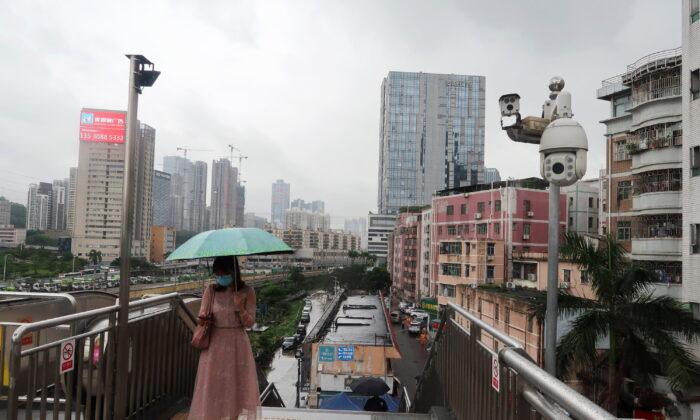Beijing is looking to resuscitate its technology sector growth in order to rescue its ailing economy.
China’s more than two-year clampdown on its sprawling technology sector may finally be ending. And global investors have raced to snap up shares so far this year.
The years-long campaign to rein in China’s internet platform companies is largely complete, Guo Shuqing, the Chinese Communist Party’s (CCP’s) chief of the People’s Bank of China, announced in late January.
Guo further stated that ongoing supervision would be “normalized” and that Beijing would provide support to internet platform companies to “play a larger role in jobs creation and global competition.” Guo, in addition to his role at the PBC, is also chairman of the China Banking and Insurance Regulatory Commission (CBIRC).
These statements suggest that policymakers are changing their approach to regulating large tech firms such as Alibaba Group and Tencent Holdings.
Beijing initially took aim at these tech giants—some of the most valuable companies based in China—beginning in late 2020, warning that they held too much power and controlled too much information. The crackdown that ensued entangled firms such as Alibaba and Ant Group, as well as e-commerce operators, ride-hailing services, and food delivery companies. Ant Group’s IPO was halted, and Didi Global’s U.S.-traded shares were delisted.
The tough stance that policymakers took on the industry caused waves of stock market sell-offs of China tech stocks in the United States, Hong Kong, and China, with many firms seeing more than 50 percent of their value wiped out during the two-year crackdown.
But there has been a recent about-face. And unlike previous policy shifts by Beijing, which were done in a quiet and subtle manner, this transition has been widely broadcast.
Didi, the ride-hailing service, recently received approval to resume new user additions after an 18-month security probe. While Didi was forbidden from adding new users, competitors swarmed in, with food delivery company Meituan and tech conglomerate Tencent each launching their own ride-hailing apps.
In addition, a government-owned investment firm connected to Beijing’s internet regulator took small ownership stakes known as “golden shares” in affiliates of Alibaba and Tencent. The Financial Times suggested that these stakes would further cement Beijing’s control over these internet companies. Not that the CCP needed financial stakes to legitimize its dominance over all Chinese companies; the Party already exerts de facto control over all companies, organizations, and people in China.
What it does suggest is that the interests of the CCP and these companies should now be completely aligned. Companies won’t run afoul of CCP regulations, and the CCP will (presumably) in turn support these sectors’ growth and survival.
But why now?
China’s economic growth is stalling. And it’s once again the world’s epicenter of COVID-19 infections. Despite suspect infection and death data, it’s clear that the country is buckling under an explosive spread of the virus after abandoning its zero-COVID policy at the beginning of the year.
Increased infection and death means even more economic distress. It means fewer consumers. Fewer consumers mean lower GDP and economic growth. That growth decline has to be made up somewhere.
So Beijing is hoping to reignite growth in its technology sector to help make up that difference. This year, Chinese stocks are up, mostly from foreign investors buying into the reopening story. The iShares MSCI China ETF, for example, is up almost 15 percent on the year to date, NYSE-traded Alibaba shares are up almost 30 percent, and Tencent’s Hong Kong-traded shares are up more than 25 percent.
But so far, foreign investors seem to be ignoring or are uninformed about COVID-19 deaths and infections and their potential impact on future growth. Investment projection models of Chinese companies’ users and user activity are likely to be overstated as a result. Even with reopening, the run-rate demand for goods and services should no longer be calculated on a pre-2020 population count of 1.4 billion.
And that’s not even factoring in non-COVID structural challenges within China’s economy. Government debt across all levels has soared. The real estate sector remains on the brink of collapse. The outlook for both is even more precarious if the population materially declines.
It’s a blind spot investors can ill afford to miss.






Friends Read Free